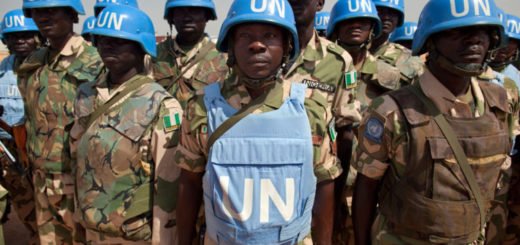The Sahel and United Nations: Challenges and Strategies
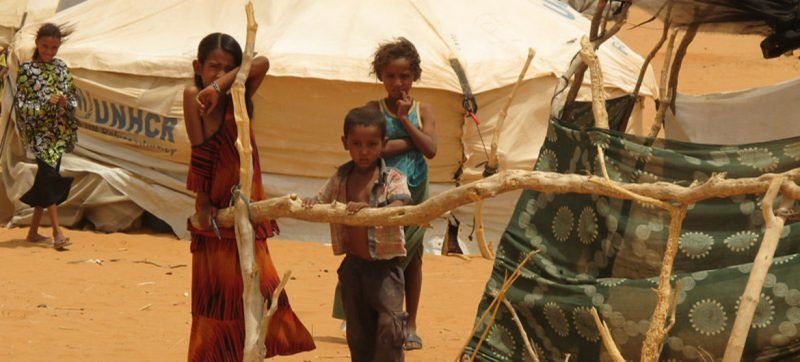
The report is based on the prolonged crisis faced by the Sahel countries and their population along with the insights of the developments made by the United Nations along with regional stakeholders and international organizations.
Introduction
The Sahel being much in controversy has finally been able to attract attention from the international community through UNISS after considerable efforts being made by the UN Security Council. After the sub-regional groups being active in the region, the United Nations with their assistance is now playing a major role in stabilizing the region and to enhance the potential of the already present resources of the region.
Religious extremist insurgencies, unstable state institutions, drugs and human trafficking, weapons proliferation have proved to be areas of profound indulgence for the UN.
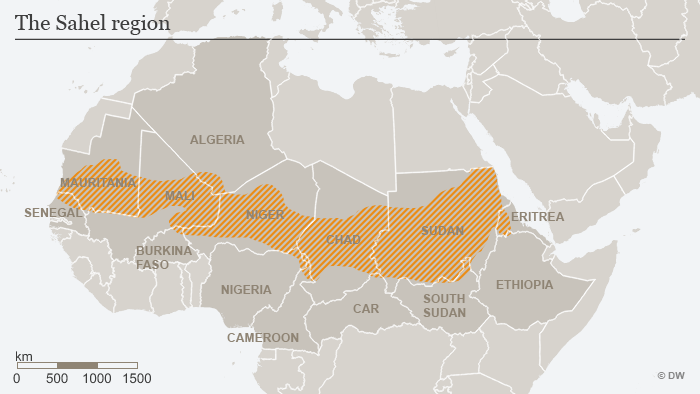
With MINUSMA, the UN has made attempts for countering and to keep surveillance in the region by installing TCCs. Because of the loss of lives of troops, the number of TCCs has also been declined.
Due to this now UN is now making an attempt to improve the investment conditions in the Sahel by creating investment opportunities in the region by utilizing ample resources including human resources.
The crisis
Sahel region which is known for acute poverty and extreme weather conditions requiring effort for good institutional setup and eradication of Islamist insurgency groups has been in focus for the assistance provided by various sub-regional organizations and United Nations.
The Sahel crisis began in 2011. It was followed by heavy displacement due to the Mali violence outbreak. Northern Mali has been since then in controversy because of rising unemployment, poverty and expanding armed groups. The suffering parties majorly being Burkino Faso, Mali and Niger.
With the rising climate change problems, unpredictable weather conditions causing droughts and loss of livestock, economic insecurity, attacks on infrastructure, acute malnutrition, rising criminal activities and arms smuggling, more than 2.7 million people have been displaced. (UNHRC data)
The humanitarian crisis has been on rise due to these multidimensional unresolved issues. The basic standard of living, education, deteriorating status of women and low level of medical services are some of the issues faced by people living in the region.
The COVID 19 pandemic has gravely aggravated the problems of the region. However, UNHRC is putting efforts for keeping a record of refugee data, providing them with basic amenities and humanitarian assistance such as food, sanitation, clean water, healthcare, online education etc. involving governments and independent authorities for providing asylum to displaced refugees.
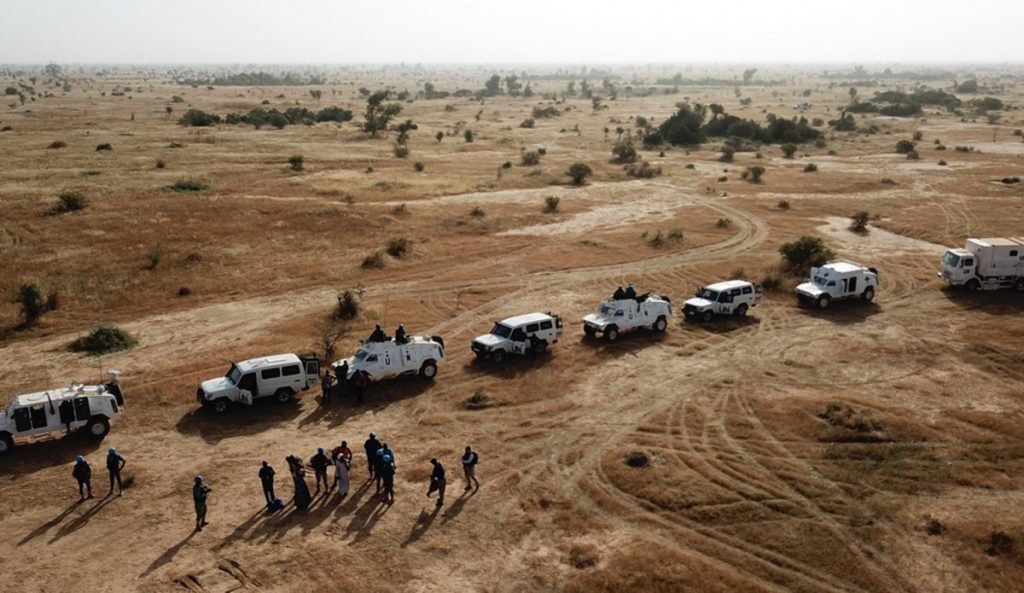
United Nations Peace mission paradox
After the several attempts taken up by regional and international actors mainly by the European Union (EU) and United Nations (UN) in Mali and Niger, such as-
- Economic Community of West African States (ECOWAS)
- Peace keeping military operations, EU (EUTM Mali), France (Serval), UN (MINUSMA)
- (EUCAP Sahel Mali) for capacity building
The African Union has meddled in the region by establishing varieties of multidimensional operations. These efforts came up to counter the Tuareg rebellion and Islamist Radical groups with attempts of destabilizing the region.
The UN now plays a dominant role in the security governance of the region. The UN Multidimensional Integrated Stabilization Mission in Mali (MINUSMA) launched in April 2013 surpassed both African led International Support Mission to Mali (AFISMA) by AU and ECOWAS as they were unable to sustain their operations.
The development took place when the AU Peace and Security Council insisted on a “flexible and creative interpretation” of chapter VIII of the UN Security Council. The lack of consideration of AFISMA and regional consultation was criticized by AU.
MINUSMA for Defense
For stabilizing and ‘robust’ peacekeeping in the region MINUSMA was raised parallel with the French peacekeeping operation in Mali. The UNSC Resolution 2100 of 2013 authorized the French troops to support MINUSMA under serious threats. Along with this, there are troops in the Malian army trained under EU Training Mission. Thus the UN operations reflect the mandate of different groups and align their capacities to counter-terrorism and restoring stability.
However there are two points of contention in operations of MINUSMA and that of Serval, that is, Serval sticking for re-establishment of efficient state authorities whereas UN sticking to ‘peace keeping’. The Blue Helmets are generally unwilling or ill-prepared to resort to armed operations. The vulnerability of the force was highlighted in the UN Security Council Resolution 2195 adopted in 2014. The resolution stated that around 30 UN peacekeeper personnel were killed and 90 were injured in Mali during the Islamist extremist attack. This has affected the number of Troop Contributing Countries (TCCs) for which now the UN has to rely more on ECOWAS and EU for military operation where the UN provides funding and administrative support. (United States Special Report on UN Peacekeeping in Sahel, 2015.)
UN thus needed to adopt a more inclusive approach setting into the picture both internal and external factors. The participation of the home governments in the Sahel and the say to insurgent groups along with the mediation of UN and other regional organizations is what seems to be the best possible alternative.
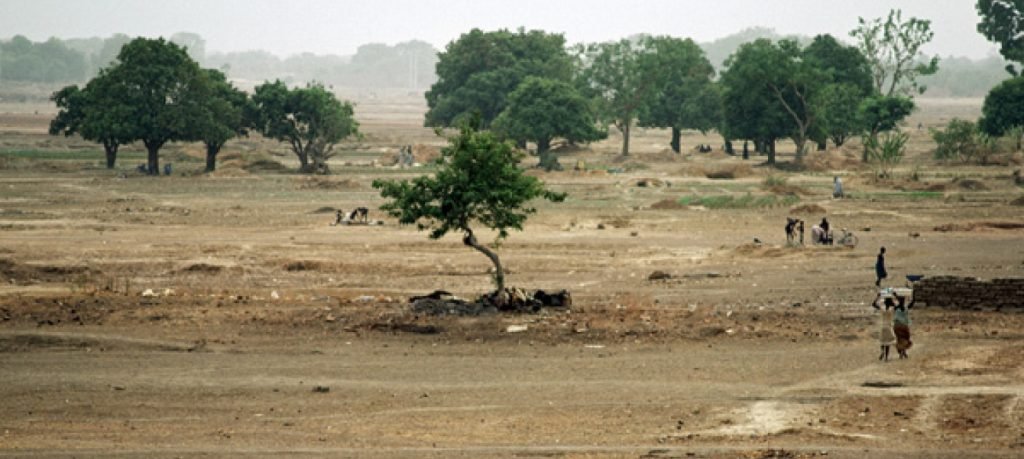
United Nations Integrated Strategy for Sahel
To foster cooperation and coordination among the various parties which have come forward to solve the multidimensional issues faced by the Sahel, be it social, military, economic, humanitarian etc. UN came up with the framework of UNISS in accordance with the Security Council Resolution 2391.
With the support of UNOWAS (United Nations Office for West Africa and Sahel), an entity made by merging UNOWA (United Nations Office for West Africa) and Office of the Special Envoy for the Sahel set up on request of Security Council the UNISS strategy will become a reality.
UNOWAS works with close coordination with the countries and regional organizations. The African Union (AU), the Economic Community of Central African States (ECCAS) Economic Community of West African States (ECOWAS), the G5 Sahel (Burkino Faso, Chad, Mali, Mauritania and Niger), European Union, Organization of Islamic Cooperation and financial institutions like World Bank, African Development Bank, Islamic Development Bank.
later the UN Secretary high-level visit to the Sahel the representatives and envoys to Sahel created a Contact Group of International Partners for Sahel for better coordination among the countries working for improved conditions in the Sahel. The Ministerial Coordination Platforms which will bind together the regional and international partners striving to achieve developmental objectives for the Sahel by bringing coherence in various initiatives and planning was also set up followed by a high-level meeting done by leaders of these groups. The Steering Committee was also set up for the implementation of three pillars of UNISS, that is, Governance, Security and Resilience.
United Nations Support Plan for Sahel
United Nations has recently come up with a strategic and progressive effort by introducing The support plan for the Sahel which is in consonance with the sustainable development goals and African development goals to be achieved by 2063.
The plan is under the framework of UNISS which is at the centre of the international response to the Sahel crisis meaning it is a concerted effort by many nations striving to make a difference in the region.
The plan is targeting showcasing the world with the abundant potential of renewable resources in the Sahel region along with the human resource. Also, Sahel is located in between the largest aquifers in the world. Thus the plan has called Sahel “Land of opportunities”. The Support Plan is built around the following six priority areas:
- Cross-border cooperation- Promoting cross-border and regional cooperation for stability and development;
- Prevention and sustaining peace- Preventing and resolving conflicts; violent extremism and crime, and promoting access to justice and human rights;
- Inclusive growth- Promoting inclusive and equitable growth and increasing quality access to basic services;
- Climate action- Building resilience to climate change, improving management of natural resource, and decreasing malnutrition and food insecurity;
- Renewable energy- Promoting access to renewable energy; and
- Women and youth empowerment- Empowering women and youth for peace and development in the Sahel.
Apart from these goals for a sustained development in Sahel the requirement for investment from public and private sectors for ‘catalyzed partnerships’ is also taken into account. Governments, regional actors, business groups, financial entities have come forward for this purpose. , the cost of implementing the SDGs in the Sahel is projected to be between $140.25 billion and $157.39 billion per year during the first phase of the Support Plan (between 2018 and 2022) in the 10 Sahelian countries.
Governments of these Sahelian nations are also adamant to increase economic opportunities from the private sector by making the region safe and investment attractive.
Among from fisheries, agriculture, infrastructure etc. extraction is the main attraction for FDI in Sahel. FDI rose from $1.69 billion in 2000 to $8.64 billion in 2016, it was mostly in the extractive sector.
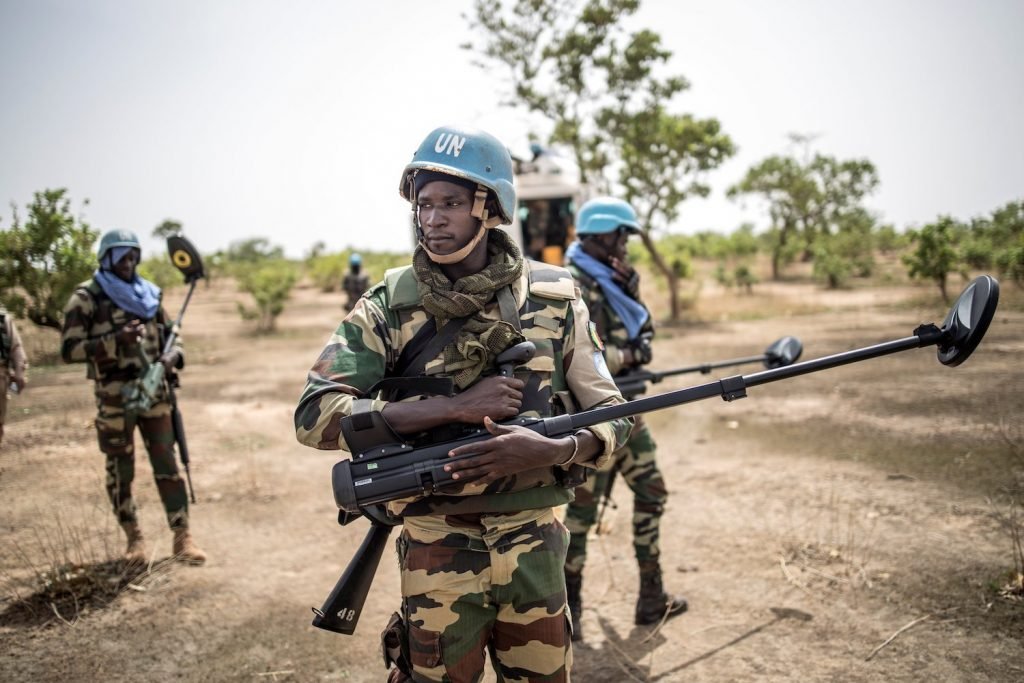
Conclusion
The important takeaways from the overall handling of the Sahel situation could be many. The extraordinary level of efforts being made by UN and allied agencies, regional stakeholders and other national and international forces has been tremendous.
On a societal level, the special focus must be on education, employment and the health sector with special reference to the role of women and improving their status. Minors must be protected from being influenced by insurgent ideologies. UN efforts should also be diverted to giving training for this purpose.
The porous borders if made strong will solve a lot of problems curbing the infiltration of insurgent and terrorist groups. The major groups causing disturbance if made come to the table for talks, can also amicably resolve issues.
Most importantly the domestic governments must work closely with the foreign players in enhancing the confidence-building measures among the locals. This will ensure the smooth working of the armed forces and civilians will hopefully not turn violent. Thus counter-terrorism efforts made by the UN will not go in vain.


